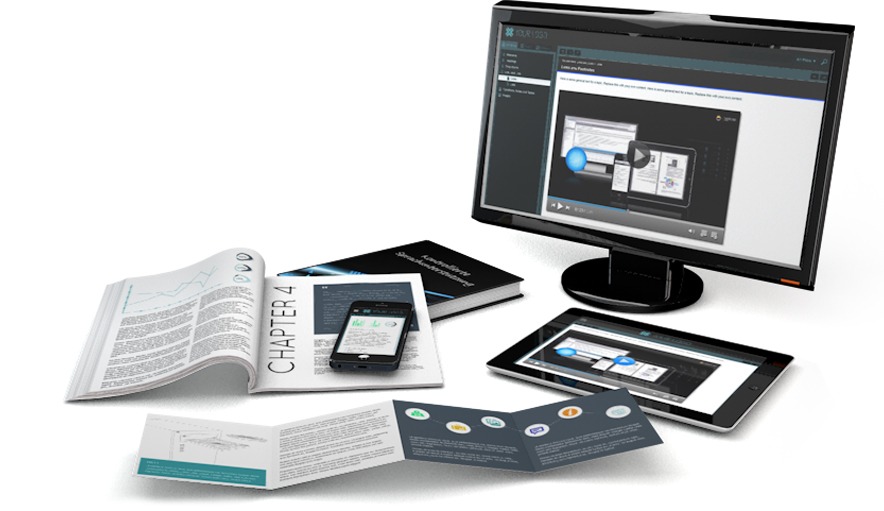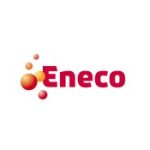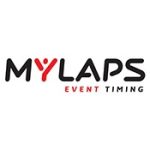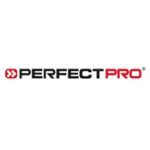Content management
A content management system for manuals (CMS for short) does not only help you to create information. Even more importantly, it divides your information in functional blocks, for example a block on maintenance and a block on safety. This way, your manual will not only have an easy to use structure. It will also lend itself for reuse in all kinds of ways, both in print and online.
If your information blocks are all there, the CMS offers you a template with which to build your own style and layout. This way, the CMS not only provides you every possible option to reuse your content. It also takes care of your corporate identity.
Single sourcing
Single source publishing, or ‘single sourcing’ for short, is a content management method that is all about reuse of the same content. A content management system stores content on a single location. From that moment on you can use your content in all kinds of ways: on paper, online in the cloud, locally on laptops or desktops, on smartphones and tablets and so on. Do you need to edit the content? Editing has to take place only once. Content management software does the rest.
Let us give you an example. A company is manufacturing similar products, all supplied with a manual. Each manual contains an identical installation procedure. Instead of managing all the manuals separately, any adjustment is carried out only once. The same goes for translations of course.
Elimination of different versions of the same content reduces costs drastically and, as an added bonus, increases consistency.

Topic-based authoring
Topic based authoring is all about dividing information in different blocks, or modules if you will. This method is completely different from the linear way books are set up. Topic based authoring is not only convenient for someone who wants to publish technical documentation. It is first and foremost convenient for the reader. The reader can scan through the information blocks or modules, only choosing to read the information he is looking for.
Topic based authoring lends itself to XML. Text that supports XML is able to ‘import’ information with a strongly repetitive character. An example comes in handy.
Take a list with specifications for a series of multiple vacuum cleaners. Descriptions of the specifications in such a list will most likely be identical (power use, dimensions and the like). When using an XML editor, it is possible to create a list that automatially imports these specifications. Thus, you don’t need to create each and every list separately.
MadCap Flare
MadCap Flare is a software application for content management. It is a very advanced application in the sense that it not only promotes topic based authoring. It also enables you to maximize reuse of content.
Whether you want to publish user manuals, installation manuals, maintenance manuals or handbooks for trainees, MadCap Flare enables you to create any publication in any shape or form.
Author-It
As MadCap, Author-It is an content management system for creating and publishing single source content in the field of technical documentation. Manualise uses Author-It for one of its valued customers, Schneider Electric.




